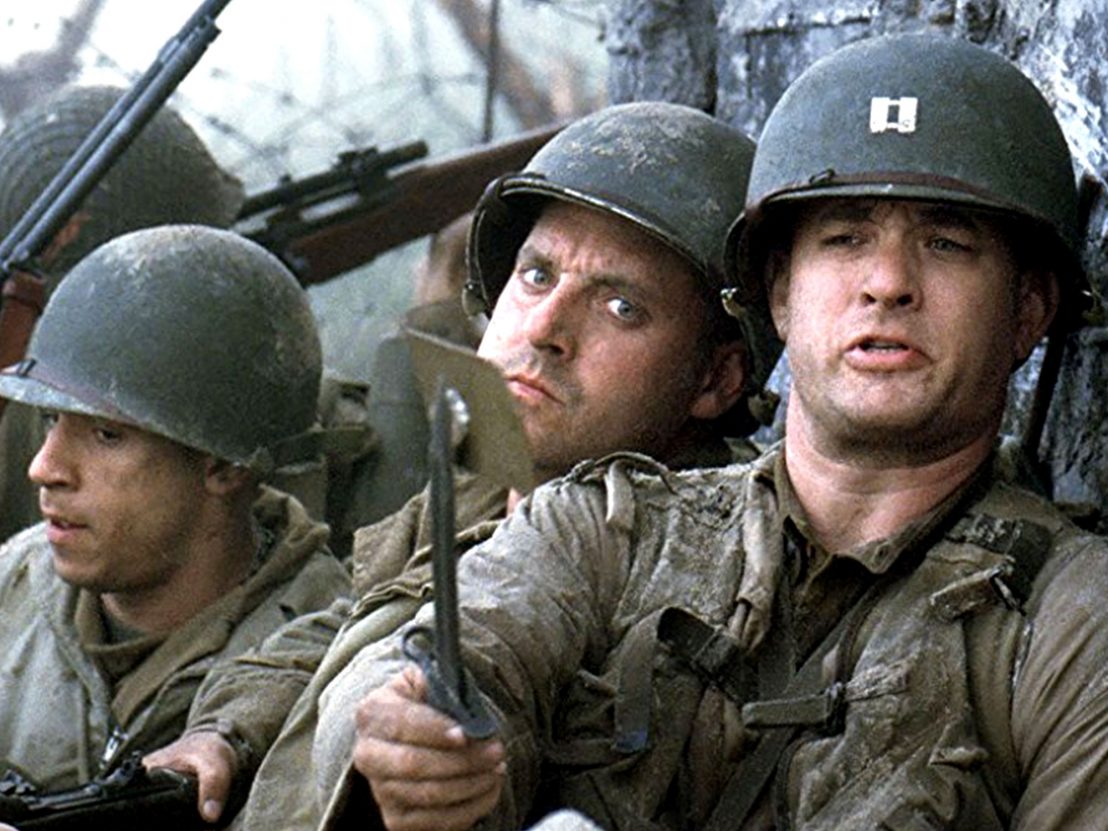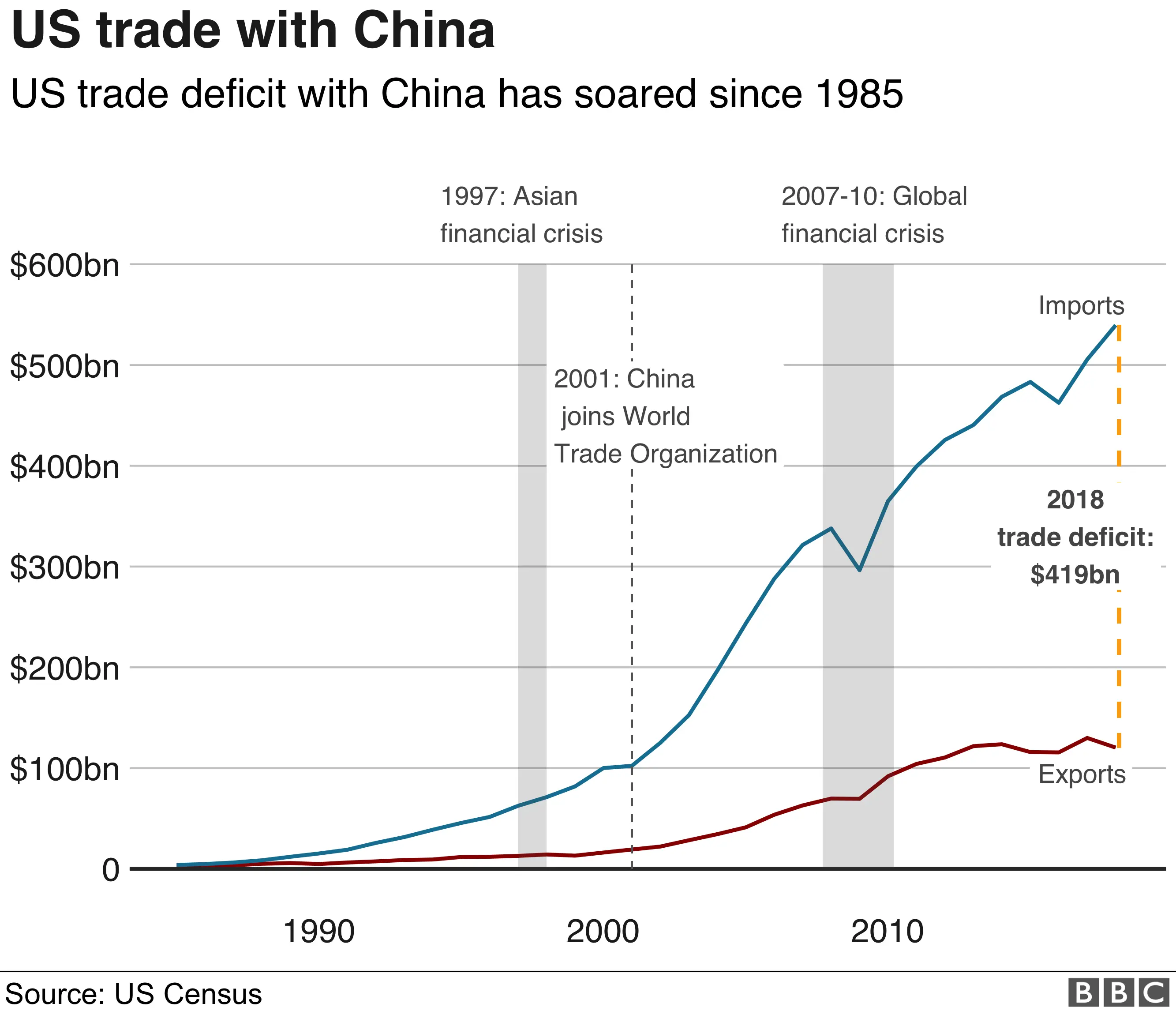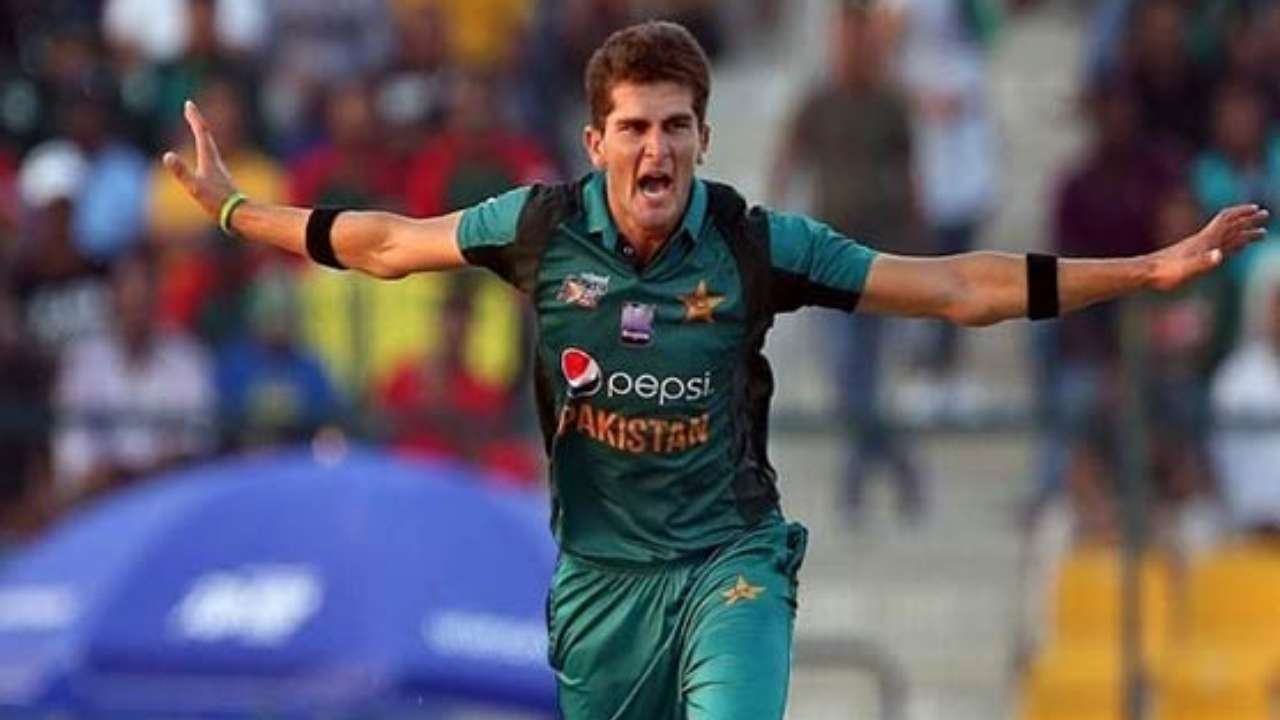A New Challenger Appears: Is Saving Private Ryan No Longer The Top War Film?

Table of Contents
The Enduring Legacy of Saving Private Ryan
Saving Private Ryan isn't just a great war film; it's a cultural touchstone. Its impact on the genre is undeniable, setting a new standard for realism and emotional depth.
Critical Acclaim and Awards
Upon its release, Saving Private Ryan was showered with praise. Its unflinching portrayal of war earned it numerous accolades, including:
- Five Academy Awards: including Best Director for Steven Spielberg and Best Cinematography.
- Golden Globe Award for Best Director: further cementing its critical success.
- Numerous critics' awards: Roger Ebert famously hailed it as a masterpiece, influencing its widespread acclaim.
Beyond the awards, its innovative filmmaking techniques – the use of handheld cameras creating a sense of immediacy, the jarring and realistic sound design, the gritty and unflinching depiction of violence – revolutionized the way war was portrayed on screen. It established a new level of realism rarely seen before in the war film genre, influencing countless films that followed.
Cultural Impact and Lasting Influence
Saving Private Ryan's impact extends far beyond its awards. It's a film that continues to be studied and discussed, its influence visible in numerous subsequent war films.
- Inspired countless imitators: Many war films that followed consciously or unconsciously adopted Saving Private Ryan's style, striving for similar levels of realism and emotional intensity.
- Redefined war movie tropes: Its focus on the psychological toll of war, the dehumanizing aspects of combat, and the moral ambiguities of conflict shifted the genre's focus.
- Shaped public perception of WWII: The film's intense opening sequence remains iconic, contributing to a more visceral understanding of the D-Day landings.
The Rise of New Contenders: Challenging the Throne
While Saving Private Ryan remains a landmark achievement, several recent war films have emerged as strong contenders, challenging its dominance.
1917 and its Innovative One-Shot Technique
Sam Mendes' 1917 employed a groundbreaking cinematic technique: presenting the entire film as a single, unbroken shot. This immersive approach creates a breathtaking and incredibly tense experience for the viewer.
- Immersive storytelling: The continuous shot places the audience directly into the heart of the action, fostering a powerful sense of immediacy and empathy for the characters.
- Critical acclaim: 1917 received widespread critical praise, earning several Oscar nominations and winning several awards, including Best Visual Effects.
- Comparison to Saving Private Ryan: While differing in setting and narrative structure, both films prioritize realism and immersive storytelling, albeit through very different techniques.
Dunkirk and its Focus on Sensory Experience
Christopher Nolan's Dunkirk takes a unique approach to storytelling, focusing on the sensory experience of the evacuation rather than a traditional narrative structure.
- Sound and visual immersion: The film masterfully uses sound and visuals to create a powerful sense of tension, fear, and hope, immersing the viewer in the chaos and desperation of the evacuation.
- Emotional impact: Despite its minimalist dialogue, Dunkirk evokes a powerful emotional response through its intense imagery and soundscape.
- Comparison to Saving Private Ryan: Dunkirk and Saving Private Ryan offer contrasting approaches to depicting war, one focused on visceral realism, the other on sensory experience, but both achieve compelling results.
Other Notable War Films
Beyond 1917 and Dunkirk, other recent war films have made significant contributions to the genre, challenging conventional tropes and offering unique perspectives. Films like The Hurt Locker, Zero Dark Thirty, and American Sniper, each with their distinct strengths, have expanded the scope and narrative possibilities of the war film. They often explore the psychological impact of war, the moral complexities of conflict, and the human cost of combat with varying degrees of realism and artistic license.
Comparing Cinematic Elements: A Head-to-Head Analysis
Comparing Saving Private Ryan to its newer competitors requires examining key cinematic elements.
Realism vs. Artistic License
Saving Private Ryan set a new standard for realism in war films. While subsequent films like 1917 and Dunkirk also strive for realism, they employ different techniques and may prioritize certain aspects over others. The use of graphic violence, for example, is handled differently in each film, reflecting differing artistic choices and thematic focuses. The portrayal of soldiers' experiences and the ethical considerations of depicting war also vary across these films.
Narrative Structure and Storytelling
Saving Private Ryan utilizes a relatively linear narrative structure. 1917, with its single-shot technique, presents a different narrative flow, while Dunkirk employs a non-linear approach, interweaving multiple timelines. These differences impact character development and the overall thematic focus of each film.
Technical Achievements and Innovation
Technological advancements have significantly impacted filmmaking. Saving Private Ryan pushed the boundaries of special effects and sound design for its time. 1917 showcased innovative camera work and visual effects, while Dunkirk effectively utilized IMAX technology to create an immersive experience. These technical achievements contribute to the unique cinematic experiences of each film.
Conclusion: The Verdict? Is Saving Private Ryan Still the Top War Film?
Saving Private Ryan remains a monumental achievement in the war film genre, setting a high bar for realism, emotional depth, and cinematic innovation. However, newer films like 1917 and Dunkirk have emerged as powerful contenders, employing innovative techniques to explore the complexities of war from different perspectives. There's no single "winner" in this debate; each film offers a unique and valuable contribution to the genre. The evolution of the war film continues, with each new entry pushing the boundaries of storytelling and cinematic technique.
What are your thoughts? Which film reigns supreme in your opinion? Is Saving Private Ryan still the best war movie, or has a new challenger truly taken the crown? Let the debate on the best war movie continue in the comments below!

Featured Posts
-
 Dont Let Revisionist History Fool You The Thunder Bulls Offseason Trade
May 08, 2025
Dont Let Revisionist History Fool You The Thunder Bulls Offseason Trade
May 08, 2025 -
 Chinas Economic Response To Tariffs Lower Rates And Increased Credit Access
May 08, 2025
Chinas Economic Response To Tariffs Lower Rates And Increased Credit Access
May 08, 2025 -
 Lahwr Myn 5 Ahtsab Edaltyn Khtm Kya Yh Fyslh Drst He
May 08, 2025
Lahwr Myn 5 Ahtsab Edaltyn Khtm Kya Yh Fyslh Drst He
May 08, 2025 -
 Kriptoda Yeni Bir Cag Spk Nin Aciklamalari Ve Analizi
May 08, 2025
Kriptoda Yeni Bir Cag Spk Nin Aciklamalari Ve Analizi
May 08, 2025 -
 The Night Inter Milan Defeated Barcelona To Reach The Champions League Final
May 08, 2025
The Night Inter Milan Defeated Barcelona To Reach The Champions League Final
May 08, 2025
Latest Posts
-
 Krachy Se Lahwr Py Ays Ayl Trafy Ka Sfr Jary
May 08, 2025
Krachy Se Lahwr Py Ays Ayl Trafy Ka Sfr Jary
May 08, 2025 -
 Lahwr Myn Gwsht Ky Qymtwn Ka Bhran Chkn Mtn Awr Byf Mhnge Ewam Pryshan
May 08, 2025
Lahwr Myn Gwsht Ky Qymtwn Ka Bhran Chkn Mtn Awr Byf Mhnge Ewam Pryshan
May 08, 2025 -
 Lahwr Myn Bhy Dhwm Mcha Rhy He Py Ays Ayl Trafy
May 08, 2025
Lahwr Myn Bhy Dhwm Mcha Rhy He Py Ays Ayl Trafy
May 08, 2025 -
 Lahwr Chkn Mtn Awr Byf Ky Blnd Asman Chhwty Qymtyn Awr An Pr Qabw Pane Ky Nakamy
May 08, 2025
Lahwr Chkn Mtn Awr Byf Ky Blnd Asman Chhwty Qymtyn Awr An Pr Qabw Pane Ky Nakamy
May 08, 2025 -
 Py Ays Ayl Trafy Krachy Ke Bed Lahwr Myn Jshn
May 08, 2025
Py Ays Ayl Trafy Krachy Ke Bed Lahwr Myn Jshn
May 08, 2025
